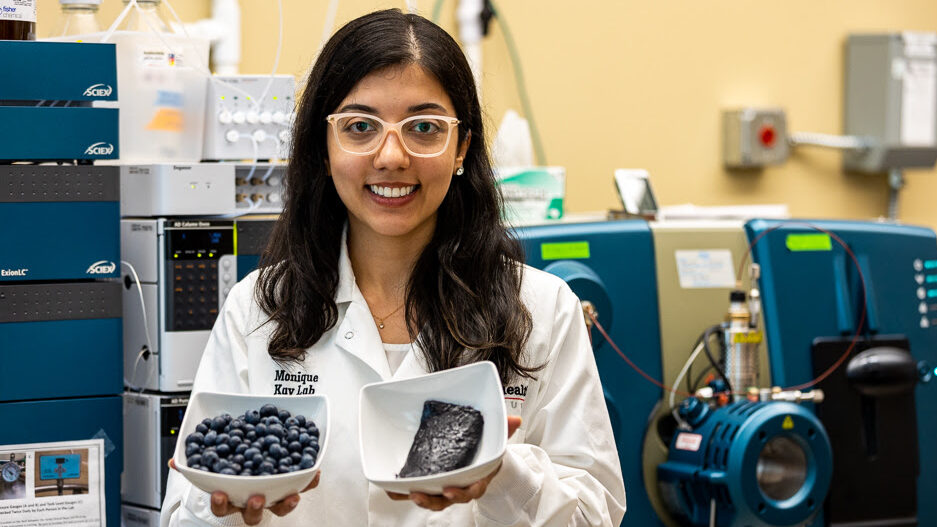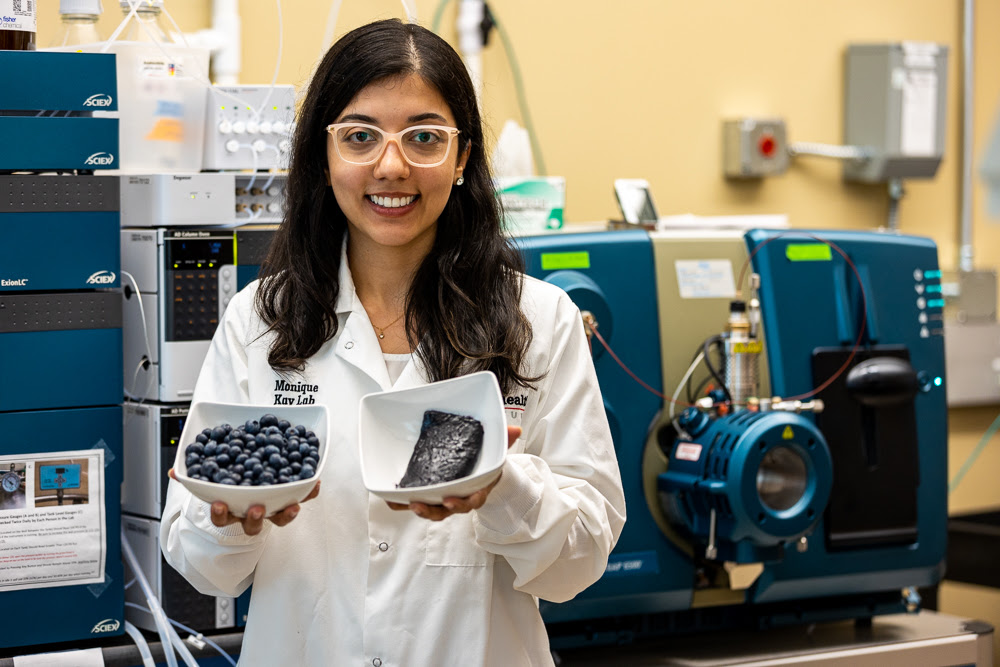Buzzword Brief: Processed Food

Q: What is processed food?
A: Processed food is food that is taken from its whole food form and changed in some way.
This could mean that it has simply been flash frozen, portioned and packaged for convenience and prolonged shelf-life, or it could mean that it has been added to other ingredients to make a completely different food. We process food when we cook our meals “from scratch” and we consume pre-processed food when we eat boxed pasta meals or TV dinners. Ultra-processed food refers to the use of refined flours, added sugars and excessive salt that may contribute to disease and inflammation. But is “processed” always a bad word when we talk about food? It shouldn’t be.
Processed foods can be less healthy than consuming whole foods, but by processing foods, we can make them more delicious, more convenient, and preserved to make nutritionally beneficial foods more readily available to areas of the country (or the world) where they may not be available in any other form.

Monique Carvahlo Templeton has just completed her PhD work at the Plants for Human Health Institute. She was studying the differences in bioavailability and bioaccessibility of polyphenols in blueberries compared to a minimally processed blueberry protein bar. Her focus was to build a model to study how phytochemicals in fruits are used and eliminated by the body. In other words, did the body “see” the health beneficial phytochemicals differently when the blueberries were “processed?”
She found evidence that the amount of bioavailable polyphenols are similar when comparing whole food blueberries to a minimally processed blueberry bar. More research is needed to evaluate different fruits and vegetables as well as different processing methods. The key takeaway is that processing may help increase the phytochemicals consumed in a day or offer another way to get these nutritious foods to the people who need them the most, especially for fresh produce that may not be shelf-stable.
Checking food nutrition labels is a great way to evaluate whether processed foods have the nutrition that we need without the added sugars, refined flours, and added fats that can make processed foods unhealthy. Look for keywords like “whole grain” when grains are in the ingredient list. Be wary of words that end in “-ose”, like “maltose” or “sucrose” that may indicate hidden sugars. Aim for less than 24 grams (or 6 tablespoons) of sugar per day and try to eliminate all trans fats from your diet.
This article was part of the August 2022 e-news FRESH Rx. Subscribe for similar content delivered to your inbox monthly.
- Categories: